When the garden is overflowing with fresh produce, freezing is one of the easiest and most reliable ways to preserve the harvest. Unlike canning or dehydrating, freezing locks in flavor, texture, and nutrients with minimal effort. Whether you’re a beginner or seasoned homesteader, learning how to properly freeze your fruits, vegetables, and herbs will keep your harvest fresh long after the season ends.
Why Choose Freezing?
Freezing is quick, safe, and versatile. It doesn’t require special equipment beyond a freezer, and with the right preparation, frozen produce can taste nearly as good as fresh. Benefits include:
- Nutrient Retention – Freezing preserves vitamins and minerals better than many other methods.
- Convenience – Prepped vegetables are ready to toss into soups, stews, or stir-fries.
- Versatility – Almost every fruit and vegetable can be frozen in some form.
- Minimal Effort – No long processing times like water bath or pressure canning.
Prepping Your Produce for the Freezer
Not all foods are freezer-friendly, but with the right preparation, most can be stored successfully.
1. Blanching Vegetables
Blanching—briefly boiling or steaming vegetables before freezing—stops enzyme activity that causes spoilage and loss of flavor. Common veggies that benefit from blanching include green beans, broccoli, carrots, and corn. After blanching, immediately plunge them into ice water to stop cooking.
👉 Helpful Tool: A large blanching pot with a strainer insert makes the process fast and efficient.
2. Freezing Fruits
Most fruits can be frozen without blanching, but they need a little prep:
- Berries – Wash, dry, and spread on a baking sheet before bagging to prevent clumping.
- Peaches & Nectarines – Peel, slice, and coat with lemon juice or a sugar syrup to prevent browning.
- Apples – Slice and dip in lemon water before freezing.
👉 Helpful Tool: A quality baking sheet with a non-stick surface is perfect for flash freezing fruits before bagging.
If you want a baking sheet that won’t warp after one too many roast chicken dinners, the OXO Good Grips Non-Stick Pro Half Sheet Pan is worth the upgrade. Its commercial-grade steel and ceramic-reinforced coating give you even heating and effortless release. Cookies practically walk themselves off this pan.
👉 Check today’s price on Amazon
3. Herbs
Herbs can be chopped and frozen in ice cube trays with a little water or olive oil. This keeps them fresh and ready to drop into soups, sauces, and sautés.
👉 Helpful Tool: Silicone ice cube trays with lids work great for freezing herb cubes without spilling or absorbing freezer odors.
4. Packaging Matters
Use airtight freezer bags, vacuum sealers, or rigid containers to prevent freezer burn. Always remove as much air as possible and label with the name and date.
👉 Helpful Tool: A vacuum sealer is a game-changer for preserving produce, keeping food fresh longer and reducing waste.
Storage Tips
- Keep your freezer at 0°F (-18°C) for best quality.
- Rotate stock by using the first in, first out (FIFO) method.
- Most fruits and vegetables will last 8–12 months in the freezer, though herbs and high-water-content veggies (like lettuce or cucumbers) are best used within a few months.
👉 Helpful Tool: If you’re freezing large amounts, a chest freezer offers extra space and energy-efficient storage.
What Freezes Well (and What Doesn’t)
✅ Good for freezing: corn, beans, peas, carrots, spinach, berries, peaches, apples, zucchini (grated).
❌ Not great for freezing: lettuce, cucumbers, radishes, and celery (they lose crispness).
Creative Freezing Ideas
- Freeze soup starters (carrots, onions, celery mix) for quick meal prep.
- Make smoothie packs with pre-portioned fruit and greens.
- Freeze homemade tomato sauce, salsa, or pesto for garden-fresh flavor all year.
👉 Helpful Tool: Freezer-safe meal prep containers make it easy to portion sauces, soups, or ready-to-go meals.
Final Thoughts
Freezing is a practical and beginner-friendly way to preserve your harvest without losing quality. With just a little prep, your freezer can be stocked with garden-fresh produce, ready to use at a moment’s notice. Whether you’re enjoying sweet summer strawberries in the middle of winter or tossing frozen beans into a stew, freezing keeps the taste of your garden alive all year long.
👉 Pro Tip: If you’re serious about preserving food, consider investing in a vacuum sealer—it extends freezer life, prevents freezer burn, and keeps your hard-earned harvest fresh longer.
Recommended Freezing Tools
Preserving your harvest is easier (and less stressful) with the right gear. Here are some of the best tools for freezing vegetables, fruits, and herbs at home:
🥕 Best Blanching Pot for Freezing Vegetables
NSF 20 Quart Large Stock Pot with Lid and Basket: A blanching pot with a built-in strainer is a must-have for homesteaders. It makes blanching quick and easy, so your beans, broccoli, and carrots keep their fresh color and flavor before freezing. Look for large-capacity options that can handle big harvest batches.
🍓 Non-Stick Baking Sheet for Flash Freezing Fruit
Want to know how to flash freeze fruit at home? A high-quality non-stick baking sheet is the answer. Spread out berries, peach slices, or apple wedges so they don’t clump together. This makes it easy to grab just the right amount later for smoothies or baking.
🌿 Silicone Ice Cube Trays for Herbs
The best way to freeze herbs is in silicone ice cube trays with lids. Simply chop fresh herbs, cover them with olive oil or water, and freeze. They pop out easily and are ready to drop into soups, sauces, or sautés without losing flavor.
🥩 Vacuum Sealer for Freezing Garden Produce
If you’re serious about preserving food, a vacuum sealer for long-term food storage is a game-changer. By removing air from bags, it prevents freezer burn and keeps your harvest fresh up to 5x longer than traditional methods. Great for vegetables, fruits, and even bulk meats.
❄️ Energy-Efficient Chest Freezer for Homesteading
When your garden (or freezer bags) start overflowing, a chest freezer for preserving the harvest provides extra space and reliable cold storage. Energy-efficient models save money in the long run and give you room to store vegetables, fruits, sauces, and prepped meals.
🍲 Freezer-Safe Containers for Soups and Sauces
Don’t let your homemade soups, sauces, and pestos go to waste—store them in freezer-safe containers for meal prep. BPA-free, stackable containers keep food fresh, protect against freezer burn, and make it easy to stay organized.

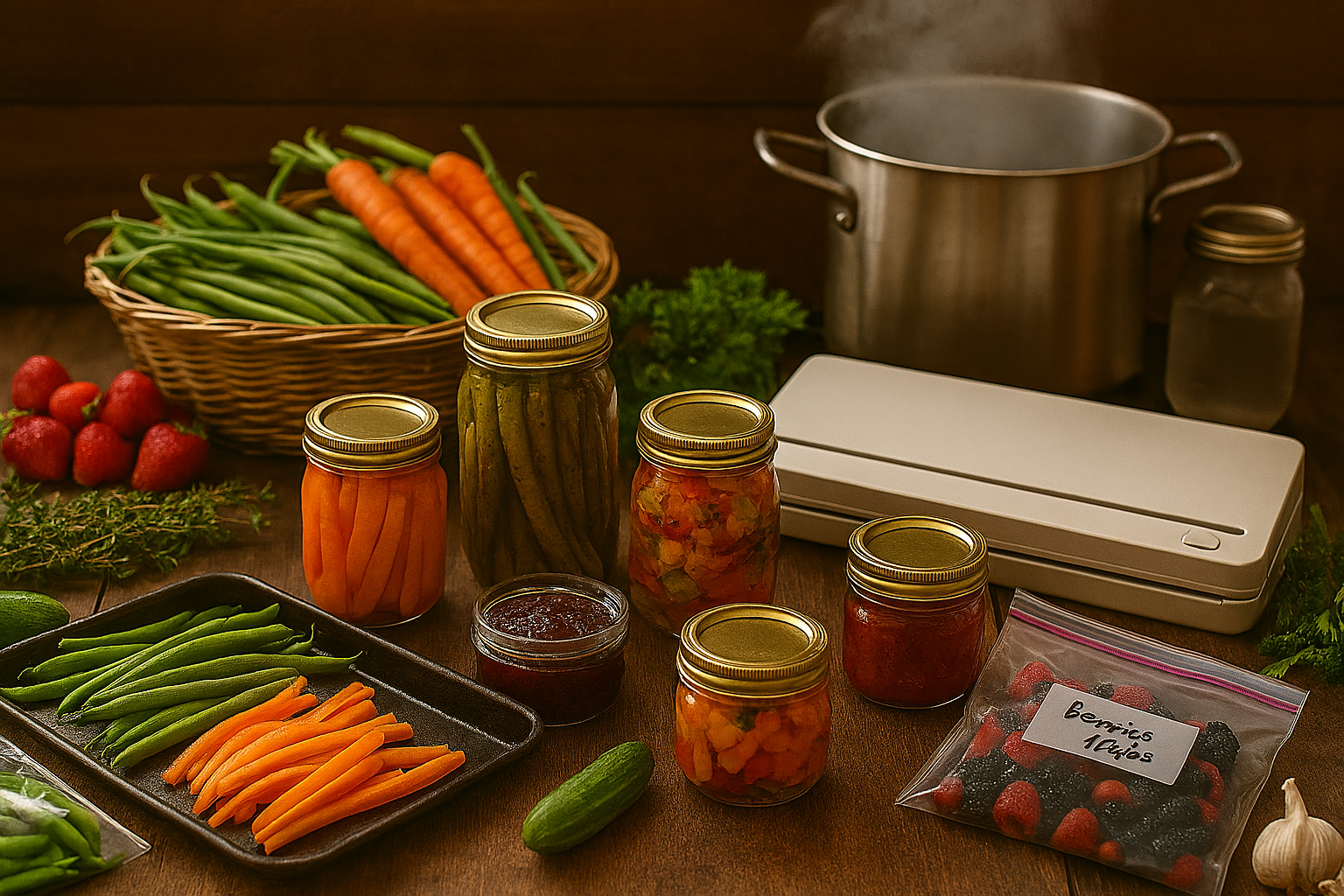
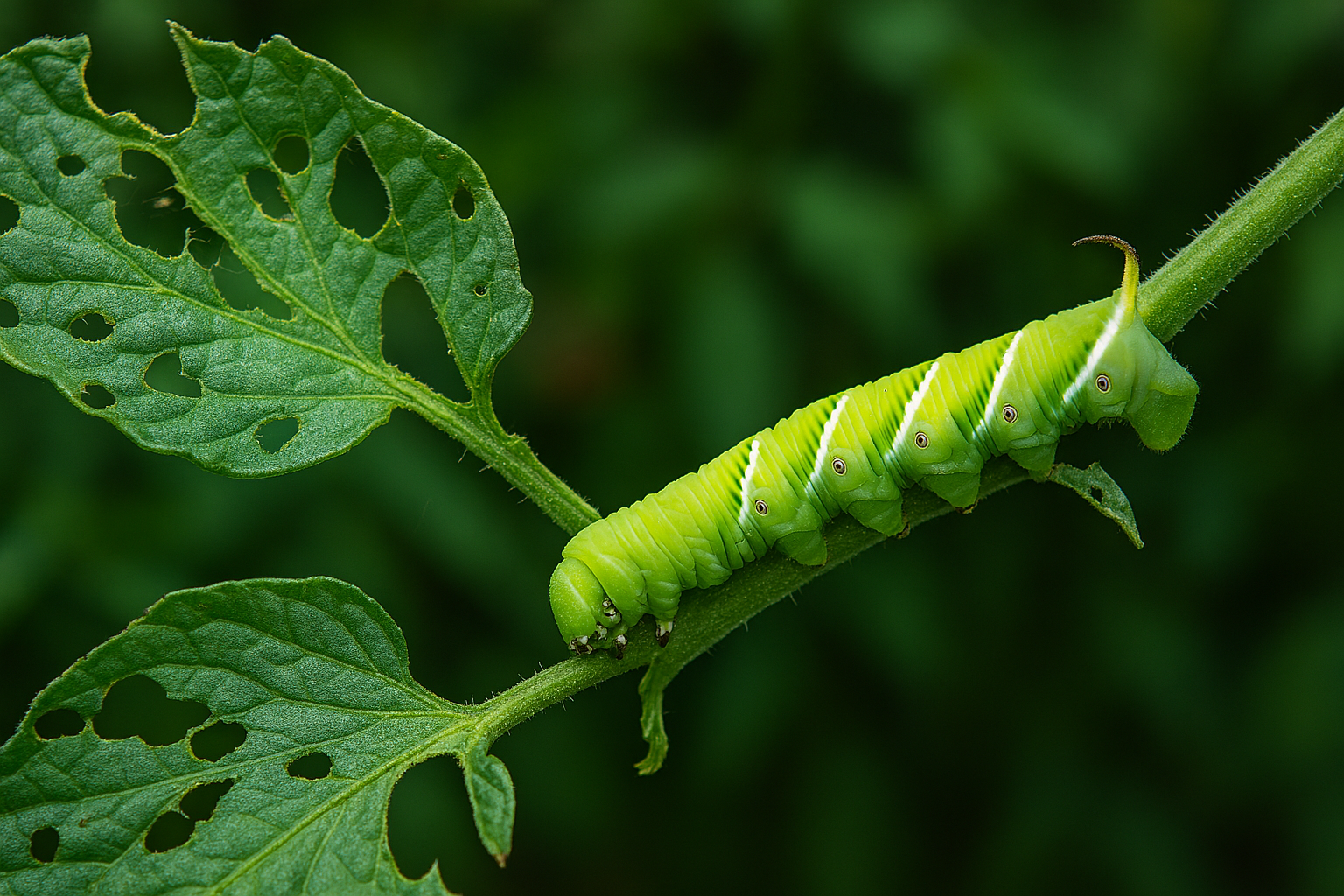
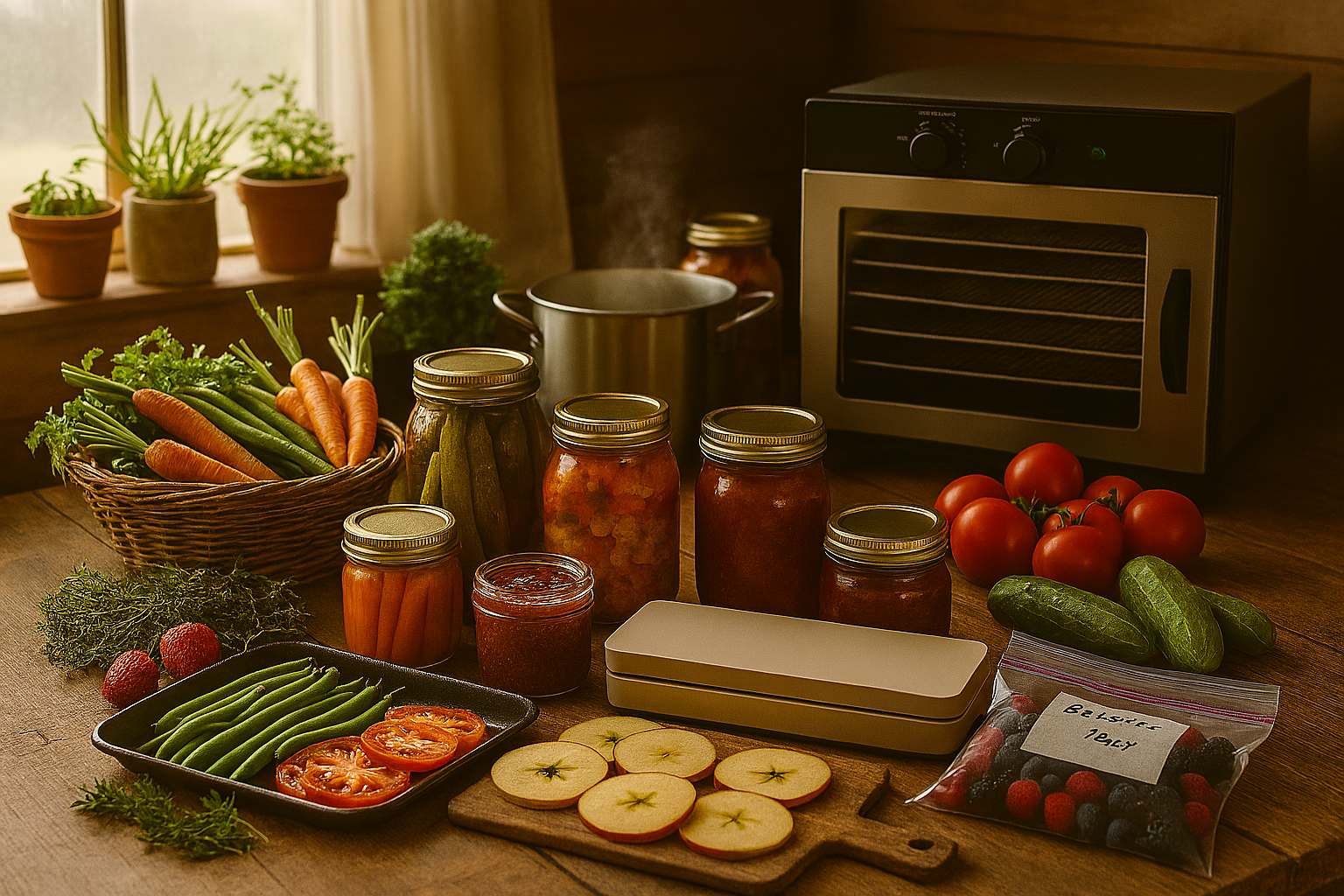
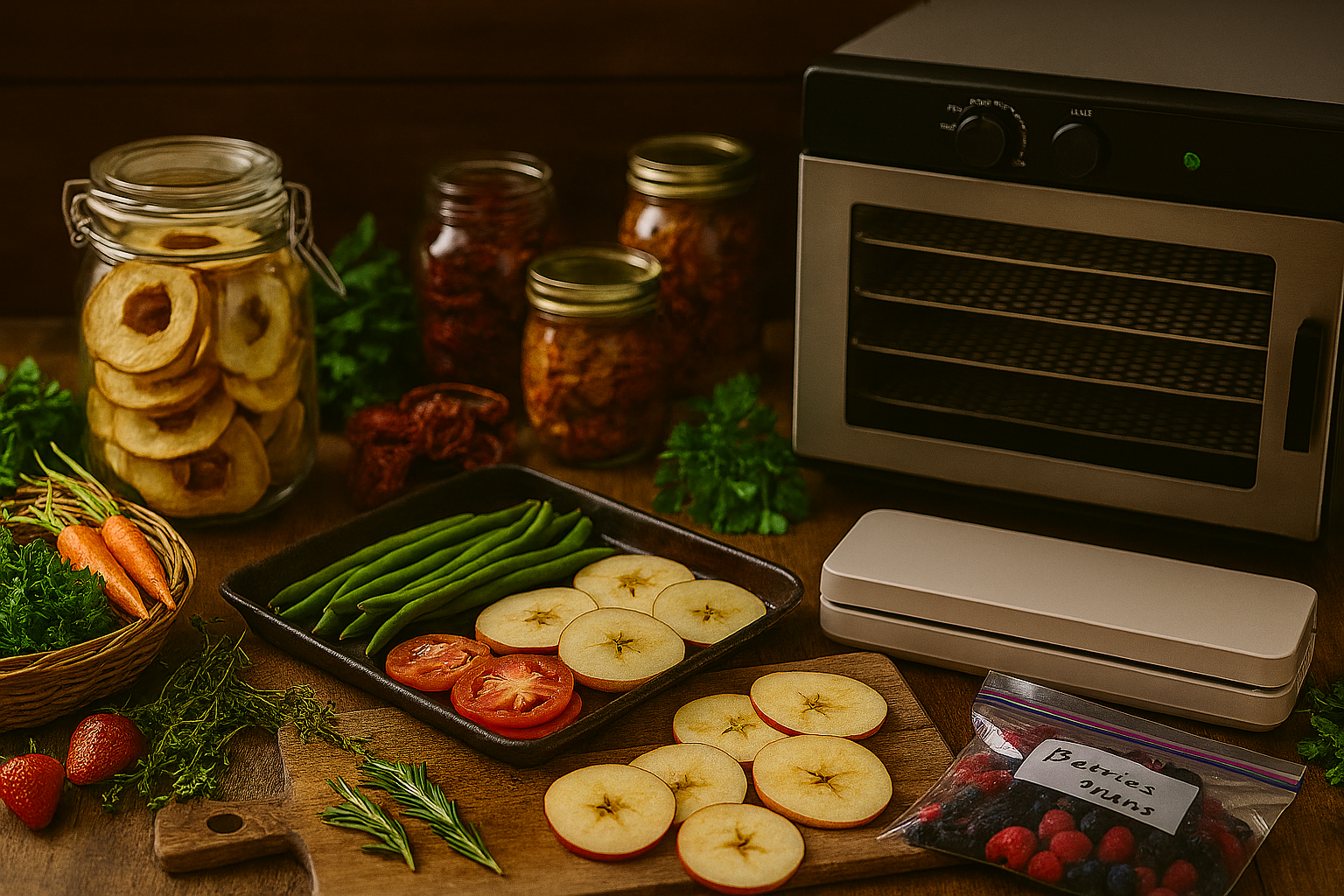
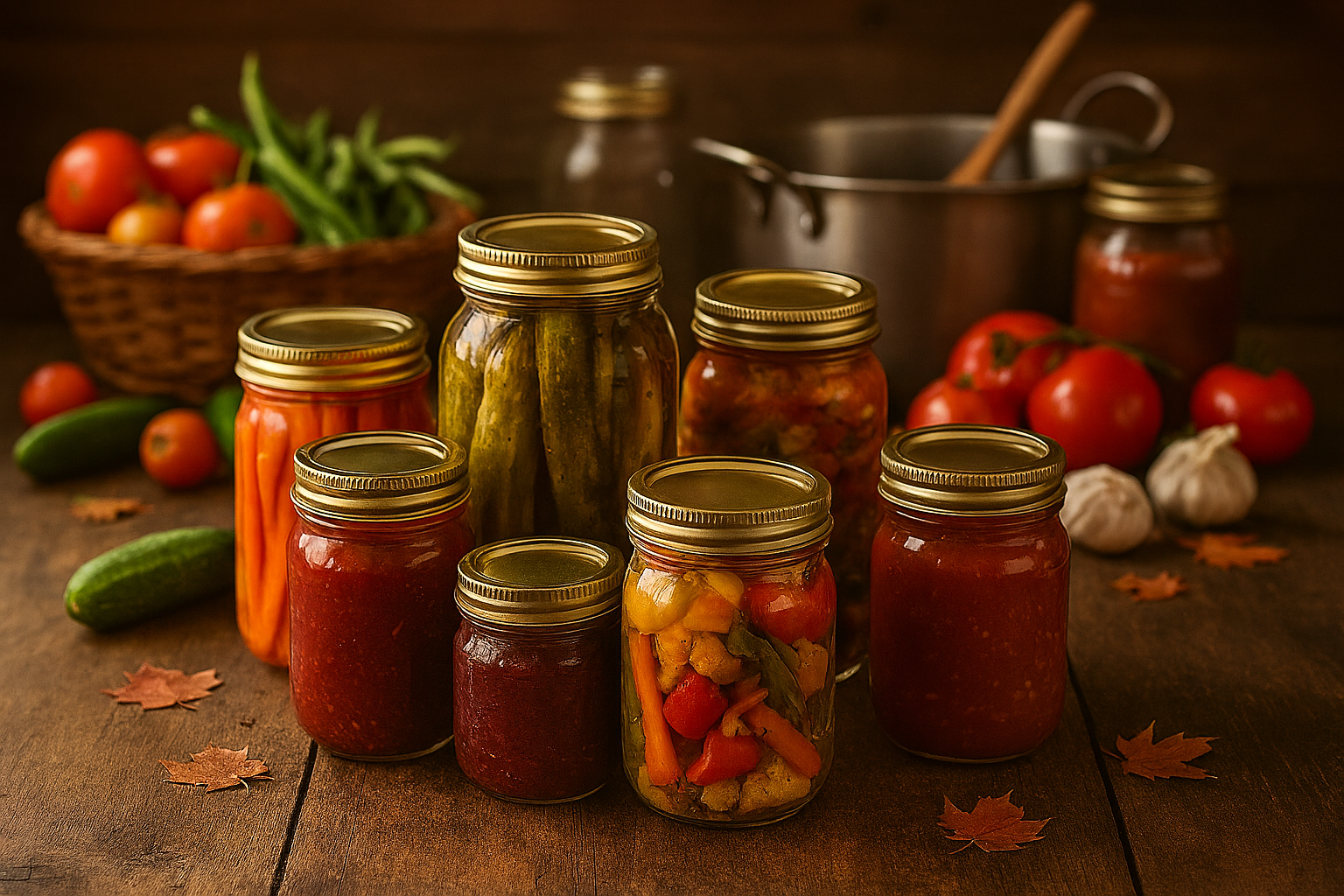
Leave a Reply